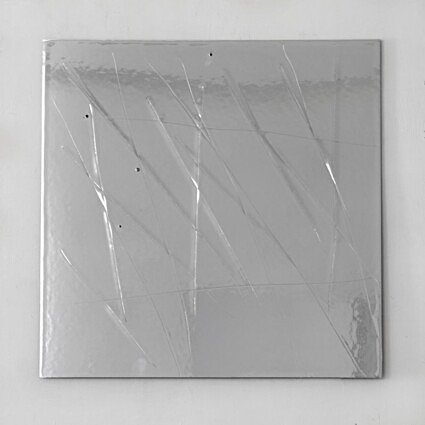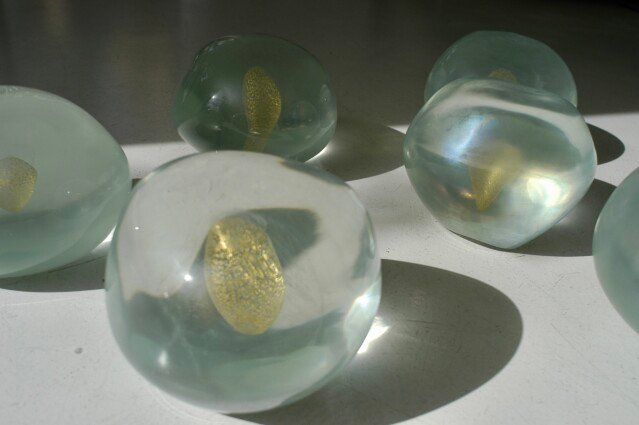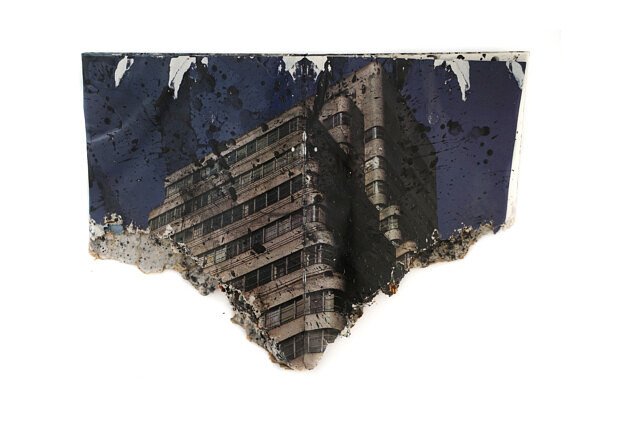Patrizia
Molinari
Biography
Patrizia Molinari was born in Senigallia in 1948 where she lived until her high school graduation in Classics in 1967. In 1972, after having passed all the exams for her university degree, she postponed the discussion of her thesis in American Literature, already written, to enroll in Modern Literature. She graduated in July 1974. In December 1976 she was called by the Academy of Fine Arts in Rome as an assistant in Art History, a subject she studied in Bologna with Professor Arcangeli who recommended her for her merit, and therefore she taught there until 1990. In 1982 she won the National Competition for Teaching in Art History which was awarded to her in November 1991 at the Academy of Fine Arts in Naples. In 1992 she obtained the Chair of Art History at the Academy of Fine Arts in Frosinone. She has organized and been the curator of catalogs and student exhibitions including From place to image in the Abbeys of Montecassino, Casamari and Fossanova and Art in the woods in the Bosco di Supino (Fr.). She has held numerous conferences in Art History.
Since 1988 she began her career as an artist with the first two exhibitions held in London at the “Themes and Variations” Gallery and at the “Italian Academy of Arts and Applied Arts” of Rosa Maria Ciarrapico Letts. She subsequently held personal and group exhibitions in Italy, Europe, the United States, the United Arab Emirates and Bangladesh. She was present at the Biannali di Ancona in 1997; in Venice in 1998 at Palazzo Ducale for “Venezia Aperto Vetro” and again in 2001 at the “49 Venice Biennale”; in the United Arab Emirates for the 2001 “Sharjah International Arts Biennial”; in Dhaka, Bangladesh, for the “13th Asian Art Biennale Bangladesh” in 2008; in Istria and Croatia in 2016 at the “1st Biennial of Art & Industry Labin”. She has created several works in public spaces including the Obelisk “Verso lo Spazio” for the Tor Bella Monaca square in Rome; the “Poetic Fragments on the banks of the Tiber” on the Tiber quay in Castel Sant’Angelo, a work that was later destroyed; various stone and light sculptures such as “Venus” for the Museum of the Sea and Myths for the archaeological area of Capo Colonna in Crotone, “Columns and Pillars” for the European Cultural Center of Delphi, “Arturo” at the municipal swimming pool of Senigallia (AN); the “Nests of Light” for the gardens of Santa Chiara in Naples on the occasion of Luminaria 03. she won the Minerva Prize for the Arts in 2005 and three first prizes in national competitions with fountain projects. Critics, historians, writers, musicologists and scientists have written about her. Her works are part of numerous museums.

Critical text
“The work of Patrizia Molinari extends beyond the frontiers of the realms of land and sky, creating a world capable of rendering the visible invisible, or celebrating, at one and the same time, the ascendency of life and the ascendency of death, so as to lead us towards the notion of the angelic being presented to us by Rilke in his Duino Elegies. A word apart, in which the boundaries between the “here” and the “hereafter” are done away with, creating an infinite unity.
In his commentary on Rilke’s Elegies, Daniel Zamora states that, “The angels are in contact with those who came before us, with the dead, with those who preceded us and with the beings of the future”. And this is the point at which one wonders whether those beings that beings that move about between the sensory and the extra-sensory realms are poets (…)
Rilke’s Elegies are of use in determining parallels with the angelic gaze of Patrizia Molinari, a look ever more timeless and distilled, guided by intuition, and buy a sixth sense, that allows her to move through the things of this world, as well as through the imperishable world. There is an example in her work that hearkens back to that angelic path, to that union of sky and earth, when she reaches the island of Ikaria (2007), an angelic wing that evokes Icarus’ fall into the sea. The stone and the hard land of the most utopian island in all of history and literature sets in motion angelic virtues that transcend the lives of human beings and combine in that proposal of elevation all of time, past, present and future, as the mark of man’s yearnings.”
_Pilar Parcerisas




